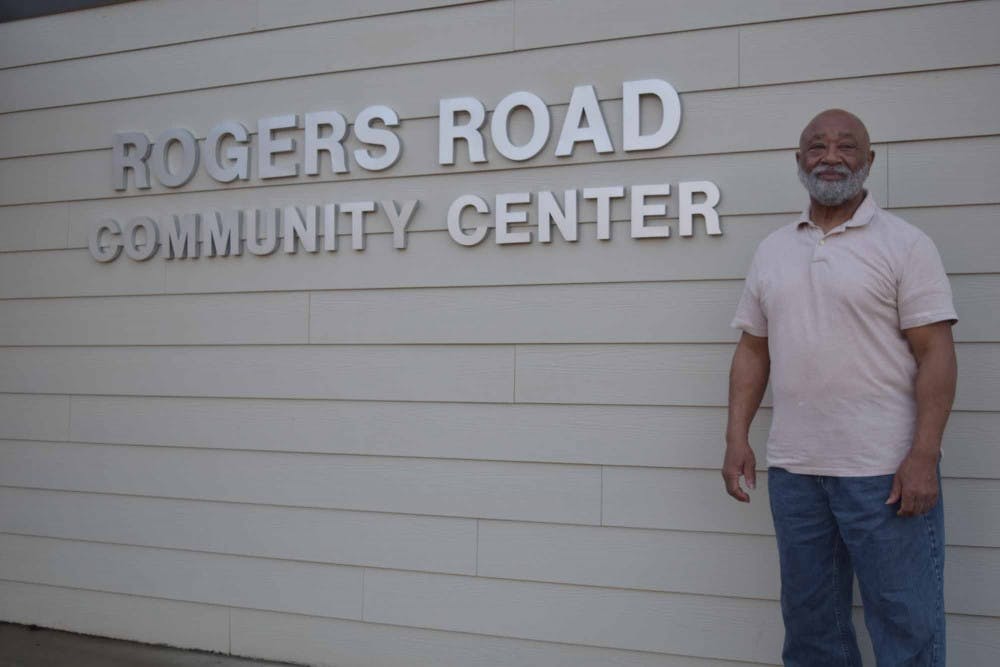The Carrboro Board of Aldermen received an update Tuesday on proposed zoning changes for the Historic Rogers Road Neighborhood.
Caroline Dwyer, a project manager at Renaissance Planning, outlined the proposal that the company is helping to develop. In essence, the proposed changes are intended to make more appropriate zoning rules for the community.
Renaissance’s proposal has its roots in Mapping Our Community’s Future, a 2016 report by the Rogers-Eubanks Neighborhood Association and the Jackson Center, at the request of the Chapel Hill, Carrboro and Orange County governments.
“The Mapping Our Community came out of our concern about development,” said RENA President Robert Campbell. “We knew a couple years ago about new development that would take place, and we also anticipated that with the extension of the sewage line into the community, there are possibilities of more development that could take place.”
Campbell mentioned gentrification, a major concern in the Rogers Road community. The community mapping project calls for efforts to lower the burden of property taxes on low-income homeowners in the area, which are expected to increase as more development occurs.
The report was developed with input from community members in a process that the RENA and the Jackson Center call “Community-First Planning." RENA invited nearly 20 community members to discuss the issues over the course of nine meetings and also spoke to about dozen other community members.
This central group of residents then shared their draft with the wider community through various means, such as emails and flyers.
“We did flyers. We did door to door, hand-carrying flyers to the residents of the community so they’d be aware of what was going on, that that voice would be a part of this Mapping Our Future," Campbell said.
The report set out four main goals for development in the neighborhood that all future developers and partners should work toward: encouraging longtime residents to stay in the neighborhood, fostering connections within the community and the larger area, maintaining cultural and socioeconomic diversity and respecting the neighborhood’s natural environment.




